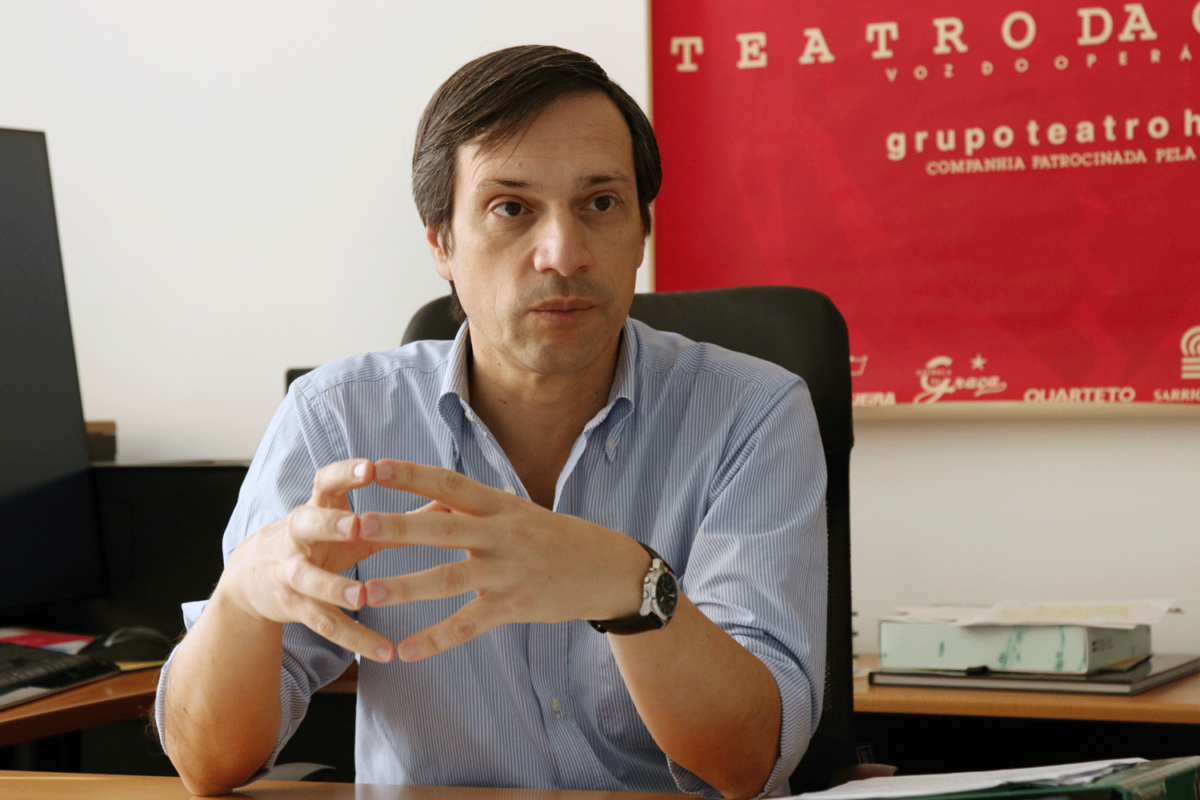In an article by journalist Cláudia Pinto in Diário de Notícias, which explores the mystery of death, Miguel Castanho was invited, among other clinical professionals, to comment on this phenomenon through a scientific explanation of the life process of cells in humans.

“(…) all living things are made up of cells, which are made up of molecules such as proteins, carbohydrates or lipids. "This border is fascinating: how can a set of inert matter (molecules) come together and form something alive? It's as if pieces of Lego could form something alive by associating with each other", he explains. Comparing every cell of living things to a house, if all is left to chance, it would naturally be messed up. Keeping the house up and running requires self-regulation by expending energy on specific housekeeping and cleaning tasks, says the lecturer. "As long as it is alive, the cell will do the same: it will consume energy (in the form of nutrients) to counteract the natural tendency for disorder to increase, thus avoiding entering a state of deregulation in which it loses its sustainability. In this sense, life is a struggle with great energy expenditure against disorder. When the struggle stops, the disorder imposes itself, the molecules react freely to each other and reach an immutable state of complete stability. This is the point where the cells are dead", he concludes".
Although average life expectancy now exceeds 75 years of age, driven by lifestyle improvements and technological advances that open the door to new scientific discoveries and innovative pharmacological treatments, avoiding death remains unknown for Health Professionals and Researchers.
Read the full article here.
Isabel Varela
Editorial Team
Diário de Notícias

